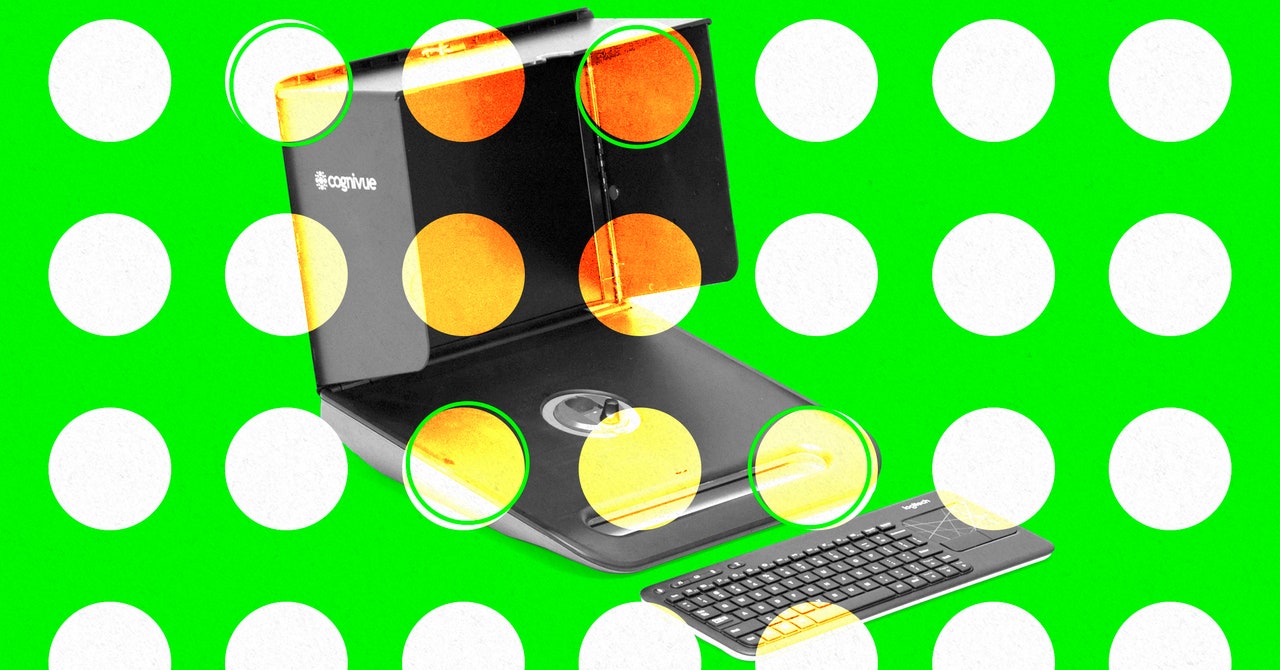
“You’re not sober,” Guy says.
“I’m as sober as you’ll get me in the next week or two.”
“Well,” Guy laughs, “it’s all relative.”
For many of the subjects, their motivation to participate in the trial is about more than just saving sober people from unnecessary arrest. It’s about proving that experienced potheads are safe on the roads and should only be arrested if an external measure like the Cognivue test shows they are impaired, regardless of the last time they smoked. To put it plainly, a lot of the trial participants say they drive high.
“I purposefully get high to drive on mountain highways,” a woman in a Deadpool jersey says. “So beautiful and scenic!”
“It makes me drive more carefully, to be honest,” says another woman. “I drive slower.”
This is a common belief among daily marijuana users—that driving stoned is just as safe as driving sober, if not safer. Research does show that experienced users often overcompensate for perceived impairment with increased caution and concentration. Accordingly, several study subjects think they did best on the Cognivue test taken right after they vaped—as they were “super zoned in,” as one woman described it.
“I’m looking forward to them seeing people’s scores improve,” a guy in a kilt tells me. “Take that data to Congress!”
The drug recognition experts find this confidence alarming. Research from the National Institute of Drug Abuse suggests that even after the high ends, as long as there is THC in someone’s system, the person is twice as likely to get into an accident. For daily cannabis users, that would mean that even if they were to stop smoking, their psychomotor ability could be impaired for up to three weeks.
“Even though you feel normal, there’s physiological things you can’t control,” a DRE named John tells one study subject.
“But I’ve been driving for many years,” the subject counters, saying he knows how to handle the roads while stoned. His eyes are bloodshot, but he insists he would be fine to get behind the wheel. John asks him to extend his arms and then touch his nose, one hand at a time. The subject misses his nose. John asks him to walk in a straight line, and the guy wobbles, saying, “Whoa, a little shaky on that one!”
Later, after the subject is out of earshot, John tells me he doesn’t even know where to start with people like this. “After decades of education, everyone knows driving drunk is dangerous, but 40 percent of smokers say it doesn’t affect their driving,” he says. “How do you fight against half the people?”
Many of the study participants, likewise, think driving stoned in Colorado is unlikely to cause either an accident or an arrest. “The cops are so nice here!” multiple people tell me. “They’re chill with weed.” A white girl with short red hair says she once got pulled over while smoking a blunt, and the cops let her go. A white guy in clear-framed glasses says he once got pulled over immediately after hotboxing the car, and though the police officer gave him a ticket for speeding, his only response to the pungent stink of pot was to say that next time he should wait four hours before driving. A friend of his, the guy goes on, once fell asleep at a stop sign with a bong in the passenger seat; when he woke up, a cop was gently suggesting he walk home. Many of the white people, Asian people, and light-skinned Latino people at the clinical trial have stories like this.


